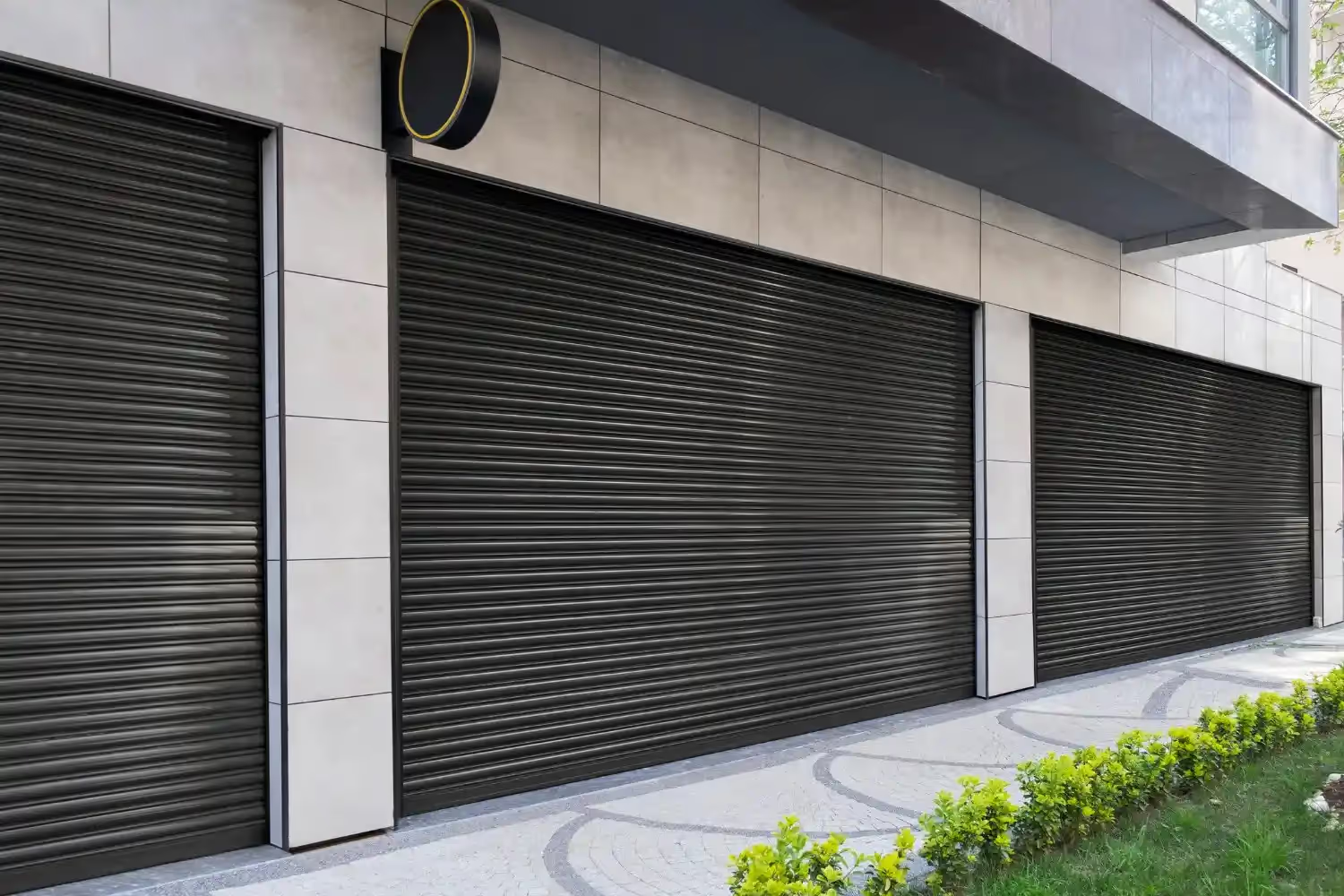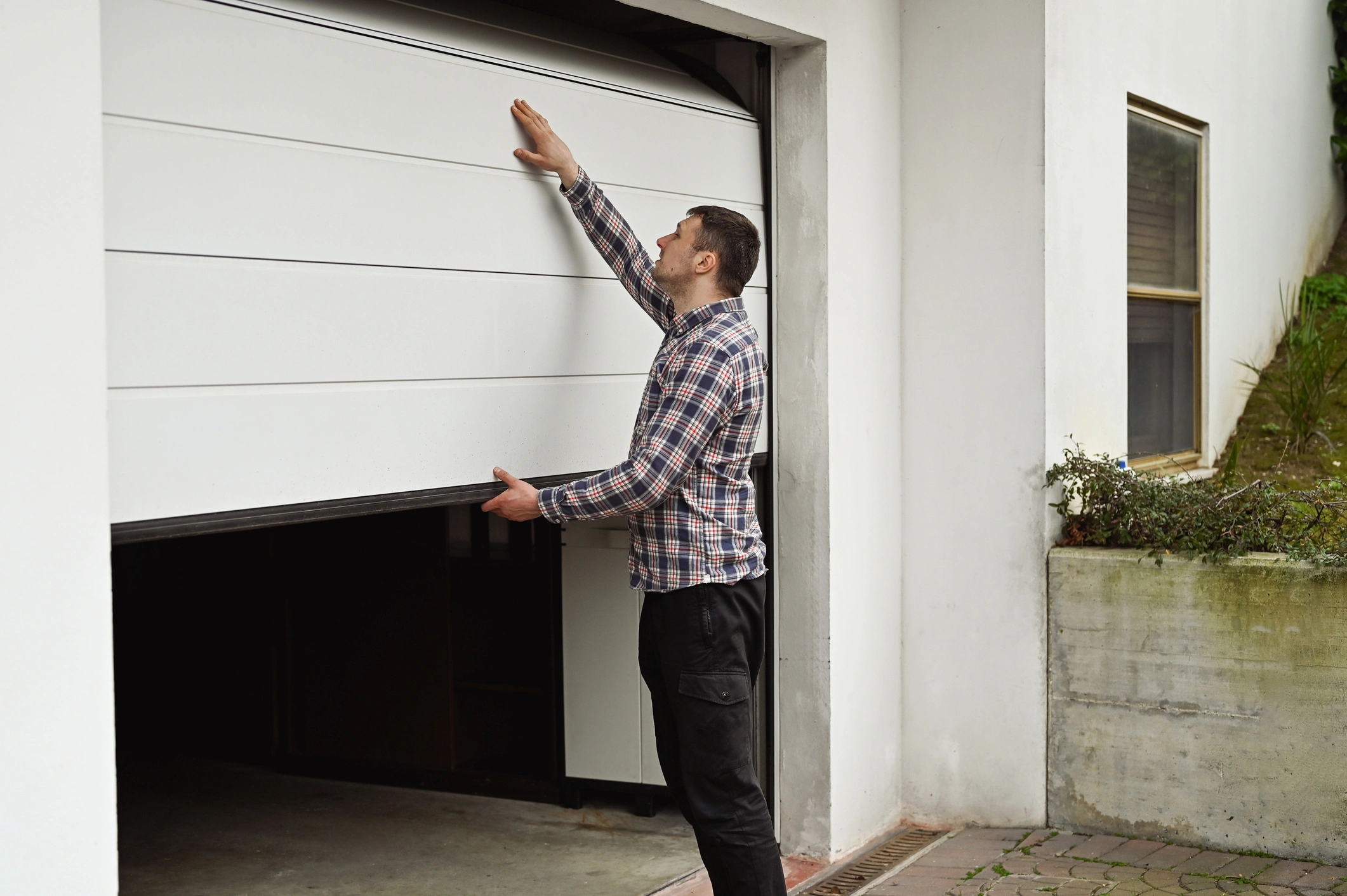

Garage Sealing in Herty, TX
Professional garage sealing in Herty, TX. Spot On Pest Control, LLC keeps pests and drafts out. Improve comfort. Call us to schedule sealing today!

Garage Sealing in Herty, TX
Garage sealing in Herty, TX protects one of the most vulnerable surfaces of your home from moisture, pests, dust, and energy loss. With East Texas humidity, heavy seasonal rains, and periodic storms, unsealed or poorly sealed garage floors and perimeter joints let water and insects into your structure, accelerate concrete deterioration, and increase heating and cooling loads.
At Spot On Pest Control, LLC., our garage sealing services assess problems, select the right sealants and coatings, perform repairs, and help you maintain a longer-lasting, cleaner garage.
Why garage sealing matters in Herty, TX
Herty homes face climate-specific challenges that make garage sealing essential:
- High humidity and frequent rain create persistent moisture that wicks into concrete and slab joints.
- Seasonal storms can cause rapid water influx through cracked slabs and gaps at the garage door threshold.
- East Texas insect activity, including ants and termites, increases the need for perimeter sealing to reduce entry points.
- Unsealed garages contribute to heat gain and loss in attached living spaces, reducing energy efficiency.
A proper garage sealing service from Spot On Pest Control, LLC. addresses these local issues with targeted materials and techniques to protect your investment and improve daily use of the space.

Common garage sealing issues in Herty, TX
Understanding common garage sealing issues in Herty, TX helps prioritize repairs:
- Hairline and structural concrete cracks allowing water infiltration and dust generation.
- Crumbling or spalled concrete surfaces from freeze-thaw cycles and moisture intrusion.
- Open control joints and perimeter gaps at the garage door or where the slab meets the wall.
- Stains from oil and chemicals that prevent proper adhesion of coatings.
- Poor slope or drainage that causes standing water at the door threshold.
- Insect and rodent access through gaps and unsealed penetrations.
Types of sealants and coatings used
Garage sealing combines patching, joint sealing, and surface coating. Typical materials include:
- Concrete patching compounds and polymer-modified mortars for crack and spall repair.
- Waterproof membranes for slab-on-grade waterproofing and areas prone to hydrostatic pressure.
- Epoxy floor coatings for a durable, chemical-resistant, low-dust surface.
- Polyurea and polyurethane fast-cure coatings for higher flexibility and rapid return-to-service.
- Elastomeric and silicone joint sealants for perimeter and control joint movement.
- Penetrating concrete sealers to reduce moisture absorption in non-coated areas.
Selecting the right system depends on condition, expected traffic, and the garage’s exposure to moisture and chemicals.
How we diagnose garage sealing needs
A thorough garage sealing service begins with a structured assessment:
- Visual mapping of cracks, spalls, and joint conditions, noting width, length, and depth.
- Moisture checks with meters to identify damp spots, efflorescence, or active water intrusion.
- Examination of drainage and slope at the garage door to see if standing water is an issue.
- Inspection of adjoining walls, door thresholds, and utility penetrations for gaps.
- Evaluation of existing coatings or sealers to determine if removal or profiling is required.
This diagnostic stage determines whether simple patching and joint sealing will suffice or if a full coating or membrane is required.
Typical installation steps
Garage sealing is a systematic process to ensure durability:
- Preparation and containment: Remove vehicles and items, sweep and pressure-wash the surface, and mask surrounding surfaces.
- Surface repair: Grind or route cracks and control joints, then fill with polymer-modified patching compounds or backer rod and elastomeric sealant for movement joints.
- Profiling and priming: Mechanically profile or acid-etch the concrete when needed, then apply primer to improve coating adhesion.
- Membrane or coating application: Install waterproof membranes where required, or apply epoxy/polyurea coatings in multiple coats with appropriate recoat windows.
- Joint and perimeter sealing: Seal door thresholds, perimeter joints, and any utility penetrations with flexible sealants.
- Curing and inspection: Allow specified cure time based on product and weather, then inspect for adhesion, continuity, and finish quality.
Project timelines vary: small crack repair and perimeter sealing can be completed in a day, a full epoxy floor is typically 1-2 days plus cure time, and membrane installations may require 1-3 days depending on prep and drying.
Repair and performance expectations
After professional garage sealing with Spot On Pest Control, LLC., you should expect:
- Substantially reduced moisture migration through the slab and joints, limiting mold and efflorescence.
- Improved resistance to oil, gasoline, and common garage chemicals when using epoxy or polyurea coatings.
- Lower dusting and easier cleaning due to sealed concrete surfaces.
- Fewer entry points for pests when perimeter gaps are properly sealed.
- Noticeable improvement in temperature stability for attached living spaces and reduced HVAC load from air leakage.
Longevity depends on use and materials. High-quality epoxy or polyurea coatings often last many years with proper maintenance; joint sealants should be inspected annually.
Maintenance and care
Keep your sealed garage performing well with straightforward care:
- Clean with a broom or light pressure wash every few months to remove grit and chemicals that can abrade coatings.
- Wipe up oil, antifreeze, and chemical spills promptly to protect surface coatings.
- Inspect perimeter seals, control joints, and thresholds annually and reapply sealant where gaps appear.
- Avoid drag-heavy items across the floor; use protective mats for heavy equipment or vehicle stands.
- If humidity is a concern, use ventilation or a dehumidifier to limit moisture buildup in enclosed garages.
Typical recoat schedules: epoxy may need touch-ups or recoat in 5-10 years depending on traffic; joint sealants may require renewal every 3-7 years.
Before and after documentation and timelines
Professional garage sealing services from Spot On Pest Control, LLC. commonly provide before and after photos to document repairs and expected results. Typical project timelines are planned around local weather; in Herty that means scheduling major coating work during drier months and avoiding high-humidity or heavy rain forecasts to ensure proper cure and adhesion.
Final benefits summary
Garage sealing in Herty, TX delivers practical, long-term benefits:
- Moisture control that prevents concrete damage and mold.
- Perimeter sealing that reduces pest access.
- Durable coatings that simplify cleaning and resist chemicals.
- Improved energy performance for attached spaces.
By addressing common garage sealing issues in Herty, TX with the right materials and a clear maintenance plan, Spot On Pest Control, LLC. helps preserve your slab, protect your home, and keep your garage usable year-round.
Protect Your Garage Today
Don’t wait until cracks, moisture, or pests damage your garage. Trust Spot On Pest Control, LLC. for professional garage sealing services in Herty, TX. Call us today to schedule your free consultation and keep your garage strong, clean, and protected year after year!
Our Services
Our pest control services cover ants, termites, bed bugs, rodents, mosquitoes, and other common pests, with customized solutions for both residential and commercial properties.
.png)






